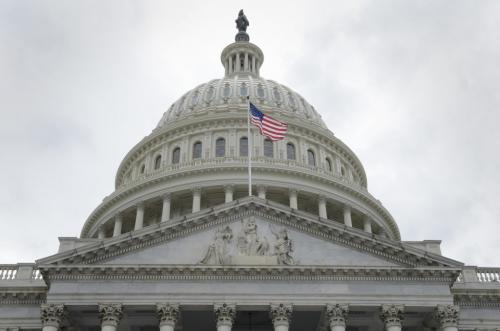
When House Majority Whip Steve Scalise (R-La.) and four others were shot during baseball practice at a park in Alexandria, Va., on Wednesday morning, it was the third incident of violence involving legislators in recent weeks, and by far the most extreme. On May 24 in Montana, only hours before being elected to the House, Greg Gianforte “body-slammed” Guardian reporter Ben Jacobs for asking a question about health-care policy. Five days later, during an immigration policy protest in the Texas House, Rep. Matt Rinaldi (R) caused a scuffle when he confronted Latino members of the chamber about protesters in the gallery.
This is hardly politics as normal in America. But it’s not unprecedented. Throughout the first half of the 19th century, legislative violence was far more common. State legislatures and Congress sporadically erupted into violence. Lawmakers assaulted each other during debate — in one case in Arkansas, resulting in a death. And occasionally, aggrieved citizens assaulted lawmakers.
During the 1840s and 1850s, Congress was ground zero for legislative violence because it was the epicenter of the nation’s fraught slavery debate. In those two decades alone, there were scores of violent incidents in the House and Senate, including shoving matches, fistfights, guns and knives drawn, canings and the occasional mass brawl.
The American public wasn’t far removed from such happenings. Then, as now, there was widespread interest in Congress’s work, and the press met the demand. This era marked the rise of a sensationalized, splashy style of journalism aimed at scoring points and selling papers, so congressional news was pumped full of passions, particularly in the all-powerful New York City papers — the period’s equivalent of today’s mainstream media.
Read the full article at WashingtonPost.com.